We talk to the four gia expert jurors about the new emotionally charged and uber-connected world of retail.
by Michelle Hespe
Henrik Peter Reisby Nielsen
Henrik Peter Reisby Nielsen, an expert at utilizing technology in retail, has noticed a massive trend in retail that is also reflected in everyday life: the pace at which people move and the speed at which they do things, including purchasing products. “Everything is going faster than ever,” he says. “We even walk and talk faster than ever before. We get so much input that our brain needs to process and feel that we have little time to do all of our daily tasks. So as a retailer, you need get people’s attention by being personal. You need to slow them down and make them notice you.”
This leads to the trend of creating environments in which people want to stop and relax. “Beyond making sure that your employees smile when people visit your store, you should invest in sound, light and smell, because neuro-marketing studies clearly suggest that the best way to create retention and loyalty towards your brand is done by making not only your store, but also the products in your store memorable,” says Henrik. “If you can make watching, touching and feeling products in your store exciting, the dopamine in your customer’s brain will ensure that you create a craving for revisiting your store.”
Henrik says that Abercrombie & Fitch is a great example of a retailer utilizing neuro-marketing — the retailer caused a sensation when it launched its store concept some years ago. “I took this approach in my own store, and sales increased dramatically after having installed sound zones and LED lights that I could control to set the perfect scene and theme for the seasons throughout the year,” Henrik explains.

Another noticeable trend that has developed over the past years is the creation of ambassadors for brands, which creates exciting activity in-store. “Invite vloggers to your store to create videos of them using your product and make sure your events are on Instagram and Facebook,” he suggests. “Invite national chefs to show your customers how to cook and give them food and wine in the store. Have photo sessions with Santa. These are all things that past gia winners have done, and they’ve worked well. You want customers to use their smart phones to take photos of your store.”
Although Instagram is huge, Henrik also says that targeted marketing through Facebook is still one of the best ways to get a message out to your audience at a fairly low cost. “Find a company that specializes in this, rather than trying to do it on your own, and you will benefit greatly,” he says.
Henrik also explains that today, retailers need to take customer reviews seriously, or they risk losing their place in the market. “We know that people trust reviews more than advertising these days, so you need to make sure that everything being written about you is good, or at least make sure that negative posts about your store or products are answered politely and with empathy.”

As an example, one gia winner opened their door after hours to a customer who needed assistance, and the customer was so pleased that they posted a review about the service, thanking the owner online. “Positive content posted about your store is priceless,” says Henrik, and goes on to warn retailers that they need to treat each social media platform differently and to understand each one in relation to their offerings. “It’s also important to look at your online store as more than just an ordering machine,” Henrik says. “The Chopping Block in Chicago allows customers to navigate through their store with Google Maps, and another previous gia winner has tutorials for products created by passionate staff so that customers can clearly see the benefits of using a particular device.”

Scott Kohno
Scott Kohno, an expert in retail fit-out and branding, notes that one of the biggest retail trends right now is that of telling stories through branding, environment and spaces, and keeping up with the ever-changing customer. Today the story is arguably more important than the products being sold — with the POS element of retailing following on from the creation of a strong brand and the establishment of consumer loyalty.
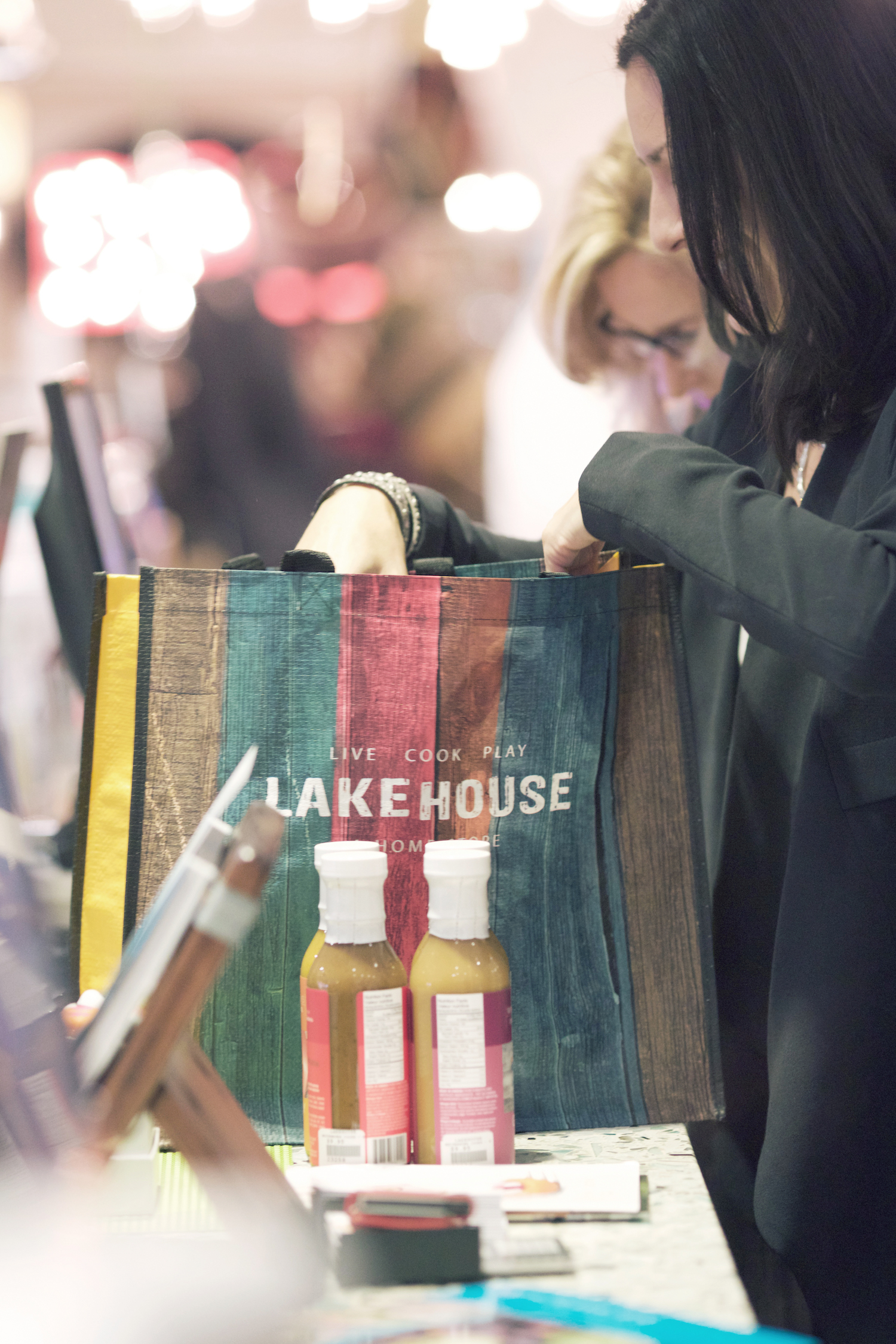 Scott uses Disneyland as a solid example of this trend. “It is one of the great storytellers of all time,” he says. “And as a company, it focuses on creating stories and happy memories that people go back for time and time again.”
Scott uses Disneyland as a solid example of this trend. “It is one of the great storytellers of all time,” he says. “And as a company, it focuses on creating stories and happy memories that people go back for time and time again.”
Disneyland sells its products off the back of the experiences and memories that people who have been to Disneyland treasure. This method of retailing is not new, but the trend is in the movement toward products being after the environment and the story that has pulled on the heartstrings and triggered emotions in consumers.
Apple is another great example. The retailer once had its stores filled with its products on display for people to use and buy. Now they have park-like environments with trees and chill-out areas, and subtly placed products, so that customers fall in love with being in the space. People start to go there to hang out, and then one day they might buy a laptop or an iPad because they love the sense of place — the environment in which the products sit.
Just like Henrik, Scott mentions that things and people are moving faster in today’s society, and people’s needs and wants are thus changing more quickly than ever. “There used to be a rule of thumb that a retail store needed to be updated and/or renovated and totally remerchandised every seven to ten years,” says Scott. “Today, retailers have to update in a major fashion every year based on the current speed of the changing customer.”
Scott also mentions that there was once a trend in cross merchandising and lifestyle merchandising, where retailers could help sell a bigger picture/solution to a customer as opposed to selling them individual items. “Today, that concept is even more important as retailers need to focus on solving customers’ problems/needs and stay very focused in this time of customers with limited time and multi-tasking every minute,” he explains.
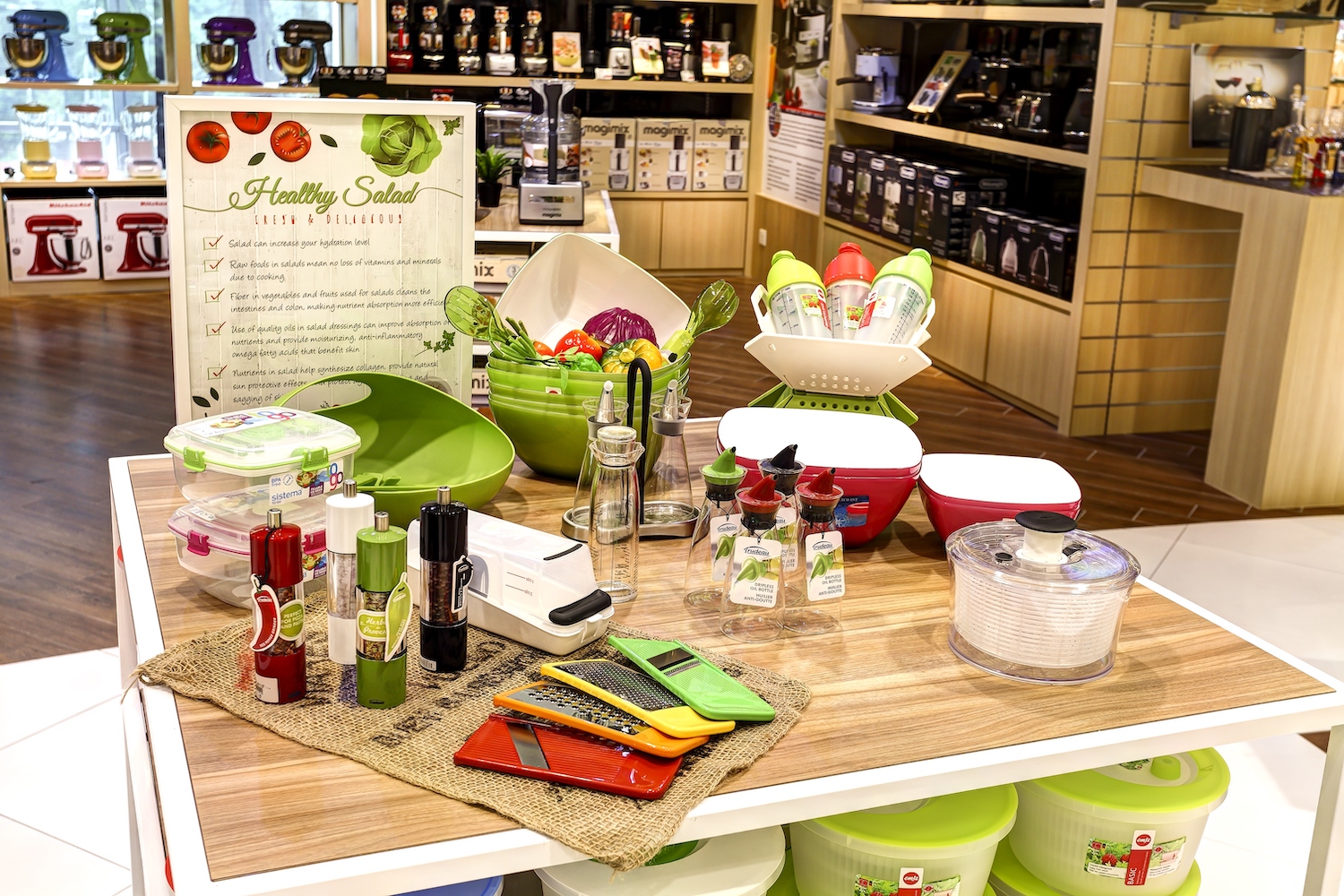
“The best retailers have always had a knack for exceeding customer expectations, and that goal is even more important today when customers have so many options to make their purchases,” Scott says. “Through an exceptional human interaction, professional one-of-a-kind advice on products, or special ‘feel good’ gifts and/or bonuses to customers, retailers can wow the customer more than ever and give the customer that experience that they just cannot get online or from other competitors.”
Finally, Scott emphasizes that staff was and still truly is the most valuable asset on any retailer’s balance sheet. However, today new issues evolve on a continual basis such as equality, sexism and racism, and a company that is able to address these issues on a proactive basis will be successful every day. “The key is that the project of addressing staff morale/culture needs to be budgeted, planned, and executed just like any other project in your business,” says Scott. “Keeping the status quo from the HR department with annual reviews and annual holiday parties are now not enough to grow and nurture this valuable asset.”
Wolfgang Gruschwitz
“Yes, robots and automation are increasingly popular everywhere you look,” Wolfgang Gruschwitz, an expert in retail store fit-outs and concept retailing, says. “But humans, driven by their emotions, will always need to be taken care of. Unlike robots, they have awareness of everything around them, and they need human encouragement when it comes to purchasing things.”
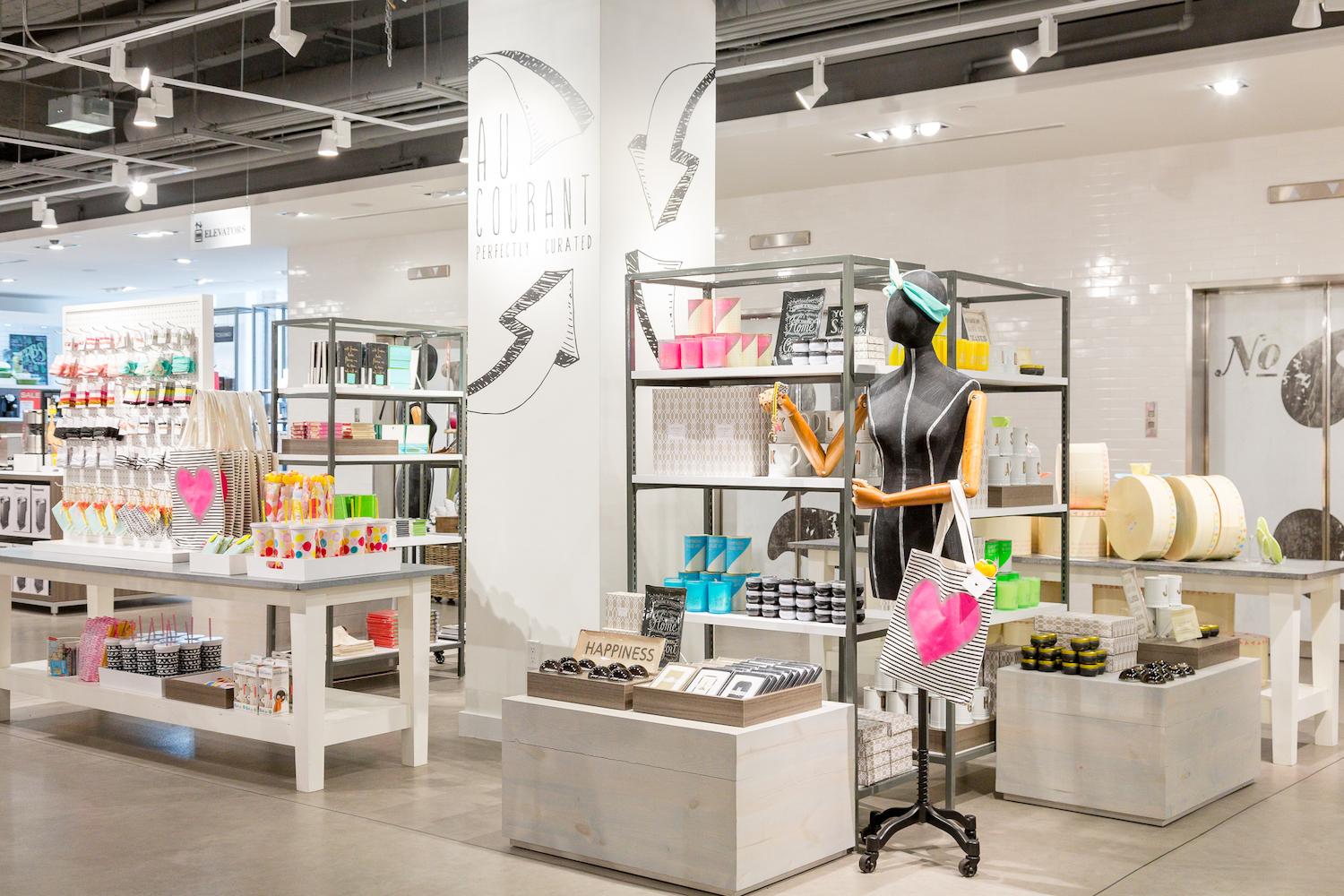
This shift away from relying on computers and robots is a strong trend in retail today — it’s almost as though human beings over the last few years have over-dosed on technology and are now craving more human contact. “Retailers need to be aware of this, and take advantage of it,” Wolfgang says. “Robots and machines will continue to help, support and offer us convenience, and yes, they will give us information we need. With more AI support we will learn faster, but we will also forget a lot of basic human skills, and will become lazy and spoiled. However, one thing will never change — we will always look for intuitive real emotions, and so retailers need to offer a story filled with emotion, that customers believe in and want to be a part of.”
Wolfgang also points out that although retailers are thinking that the new generation of buyers is completely different to that of decades ago, at their core, humans are the same. “They will still be curious, want to hide some things, sometimes not be truthful, and sometimes they will be schizophrenic in their purchasing decisions. Their individual spirit and their level of education will lead them to strange behavior, and this is what makes human beings different from computers and robots. We, as humans have an endless spectrum of idiosyncrasies, which means we all have different preferences. And we are still very emotional.”
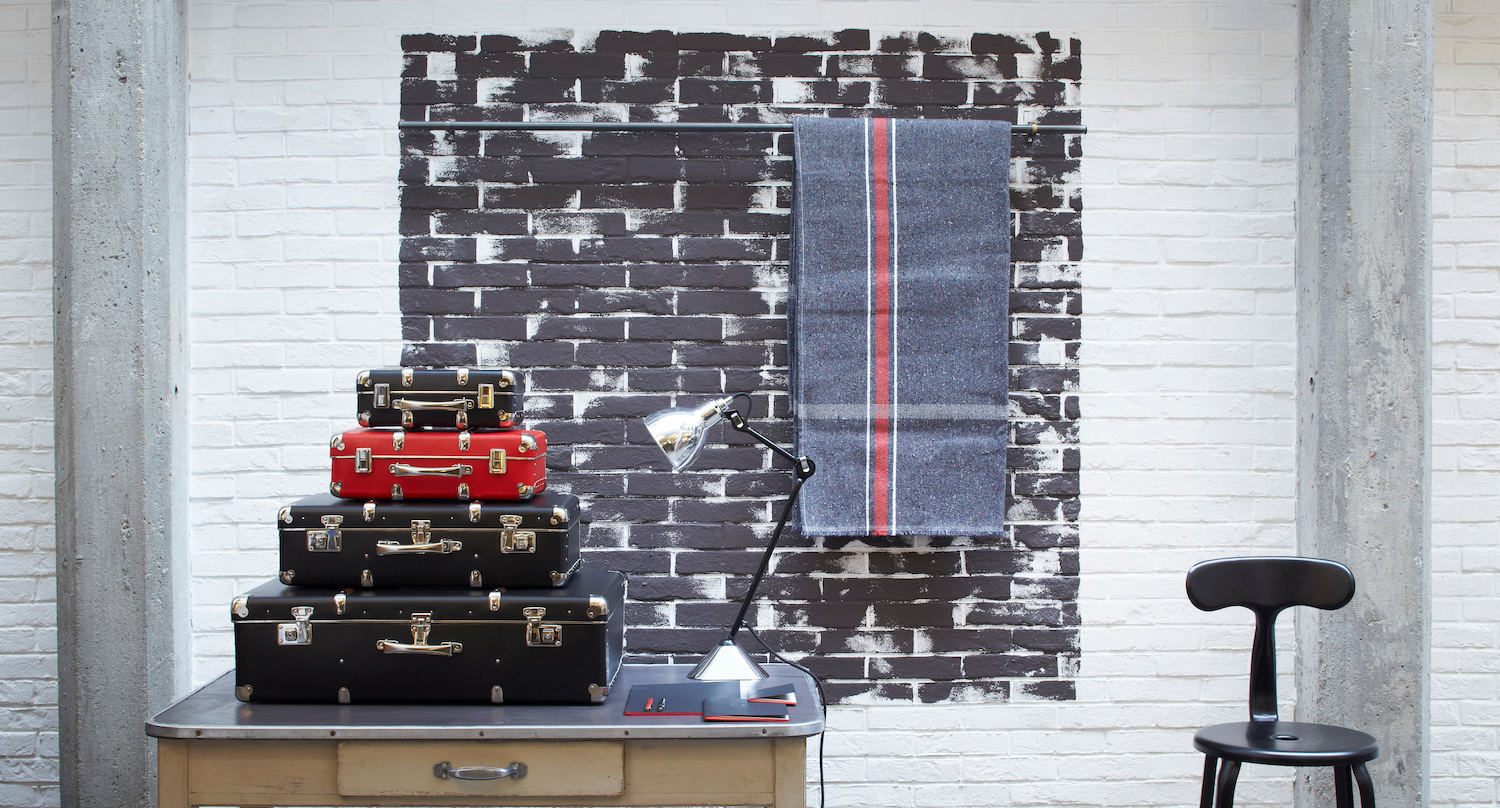
In this sense, the new trend that Wolfgang is pointing out is data gathering. Data is king, and through data, you can get to know your customer and thus begin to learn about their idiosyncrasies. If you know how your customers think, what their preferences are, then you have a better chance of sharing the right stories and selling something to them. Most of this data these days comes from social media and people surfing the internet.
The other trend that Wolfgang emphasizes is linked to emotions. Retailers can no longer expect to sell as many products as they once did by arranging them in rows — the environment in which products sit is what sells a product. “As a retailer you have to spoil your clients – give them a cozy feeling during the time you are in contact. Make an adventure out of your contact and do something which surprises and affects your client deeply – if it is positive and sustainable – then they will come back.”
Anne Kong
“Retail today is a shifting target and customers are finicky with their loyalty – they’re always searching for what’s new and what’s next,” Anne Kong says. “The customer expects great window displays, an exciting journey, theatrical elements, cool materials, engagement, social experiences, great navigation and an inspiring store identity. And, importantly, the next generation want to get personal with you. So say something about yourself. Be personal. Make the shopping experience dimensional. Give it a hashtag.”
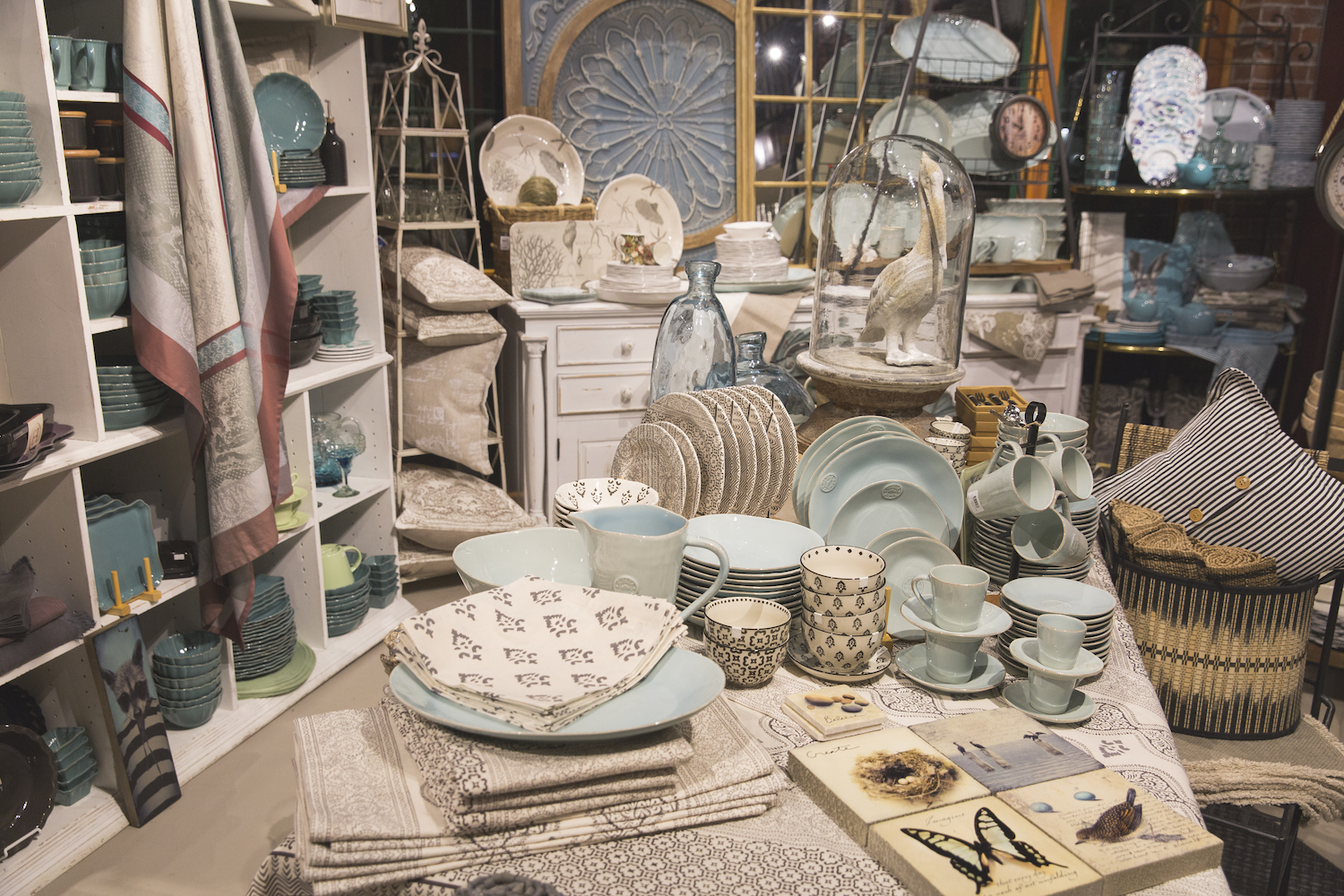
Due to social media and platforms such as Pinterest and Instagram, Anne points out that the new shopper is not necessarily rooted to a singular style or market. “Pinterest has heightened their appreciation for a variety of looks and styles,” she says. “So think about things such as — does your store project an image, a personality, and is that image authentic? Because the next generation of shoppers is not just buying your product, they are making a statement about themselves when they are shopping in your store.”
And as social media experts are now saying, these statements made online are often linked to ratings for that person, and ultimately, their sense of popularity. Our choices today, in the things that we purchase, are more visible than ever before — and they are an indication of who we are as people.
“This generation of shopper wants to take home more than just products,” Anne says. “The reward for shopping includes new concepts, ideas, inspirational color stories, in-store and social experiences, and an array of unique product offerings.” These inspirations are then shared online, so this creates free marketing for retailers.
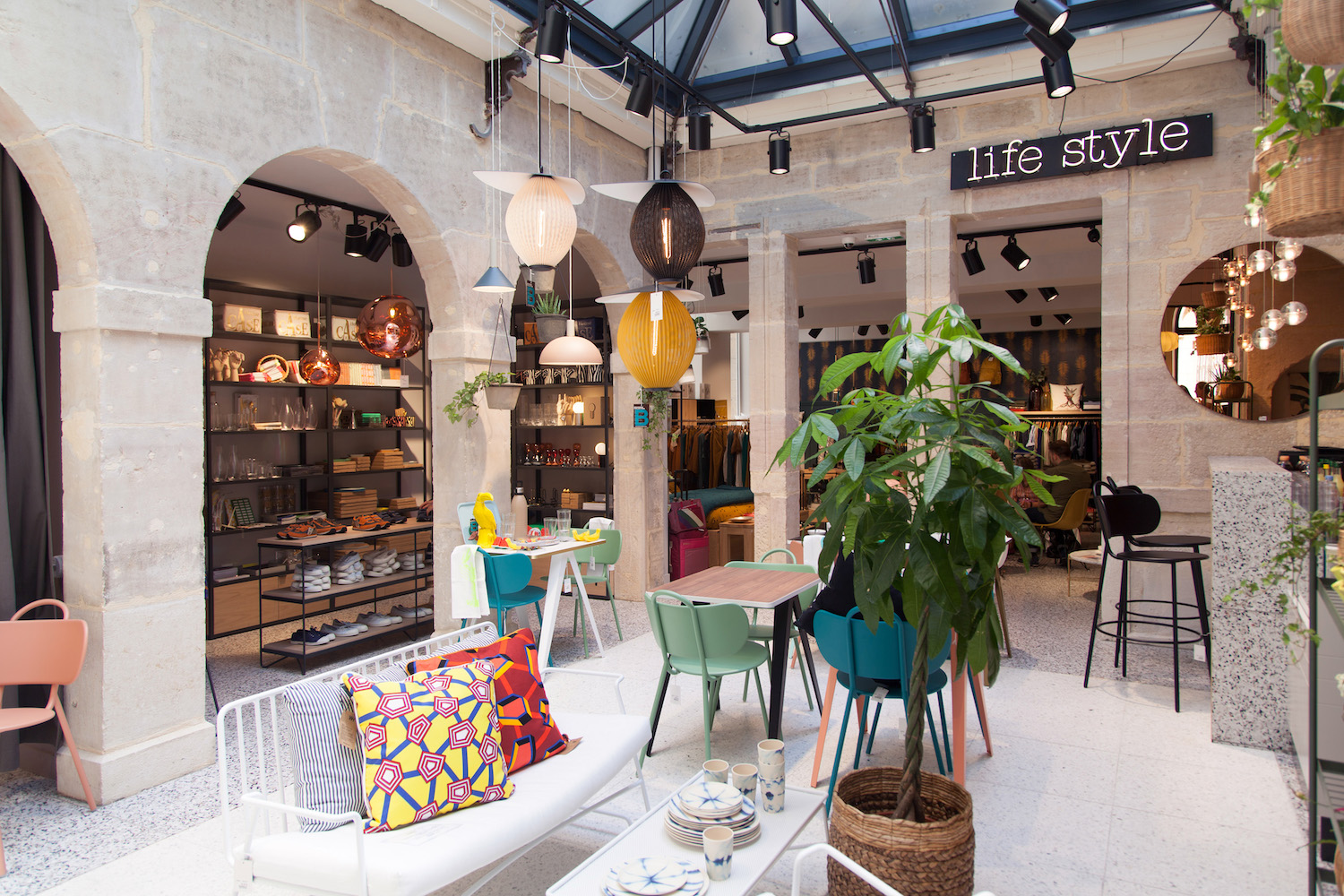
Think of your bricks and mortar store’s front as the homepage of your website or social media platform(s). Both are just as important as the other. Referring to a physical store, Anne explains that the store exterior is always the first impression. “Long after you’ve gone home and locked the door, the store exterior will continue to speak to your clients and potential customers,” she says. “The store front and glass are a canvas and they translate messages – your brand identity, promotions, sales. The store window sets the stage – if you have windows on the street, they will perform for you, 24/7.”
One of the biggest questions in retail today is how do online shopping experiences influence the new generation of shopper? “It has a lot to do with navigation,” explains Anne. “The simple action of scrolling has conditioned consumers to visually absorb merchandise in a new way. For example, consumers favor merchandising methods that are easy to navigate, convenient and easy to locate. Intuitive merchandising by color, style and size is important, as are instantly recognizable visible price points. This new shopper needs navigational cues, and signage should be easy to read. Product information should be clear.”
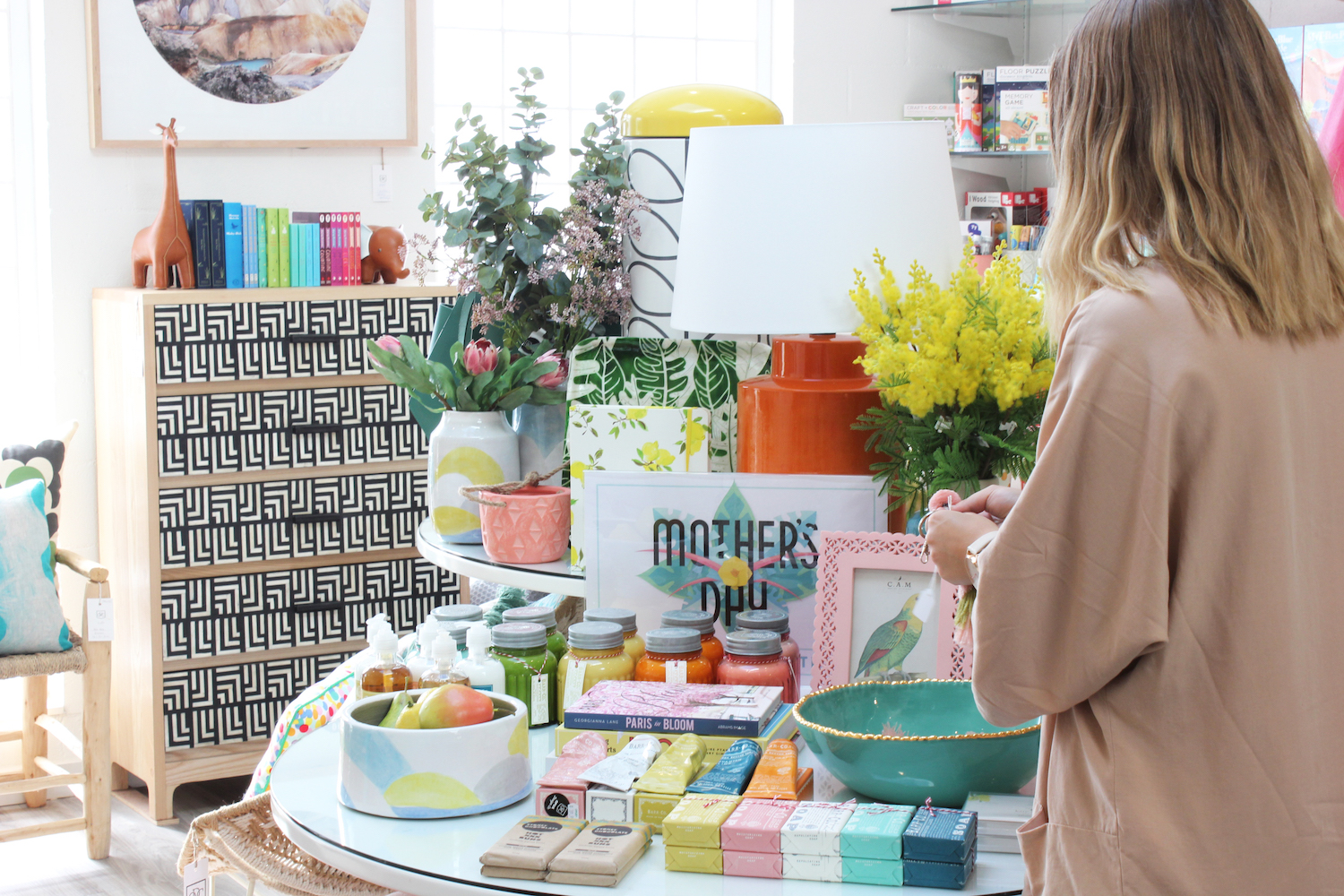
Anne points out how more information that retailers offer about products in a store will result in a reduction of time that the shopper spends on their phone, looking things up as they are accustomed to doing.
Anne is also a big advocate for not overdoing things in the pursuit of cementing your store identity– it’s all about the experience that shopping offers because products can be bought online from anywhere.
“Instead of space filled with racks and shelves that are loaded down with products, stores today are more like community centers,” she says. “They are places where one can meet friends, relax in a Wi-Fi enriched environment on comfortable couches — maybe with a cup of freshly brewed coffee — with casually set up clusters of merchandise artfully arranged for the visitor’s perusal. There may be a lecture or musical recital going on somewhere in the space, or a yoga class in session. Walls may be enhanced with changing exhibits of artwork produced by young, local talent interspersed with areas of hung garments. Today’s shopper wants more than a store — they want a place to relax, learn and stay for a while.”
As anyone in retail or in business knows, someone staying a while is often the trigger to a sale.
For more Inspiration magazine articles, continue reading on the IHA blog or download pdf’s of current and past issues on the IHA website.



